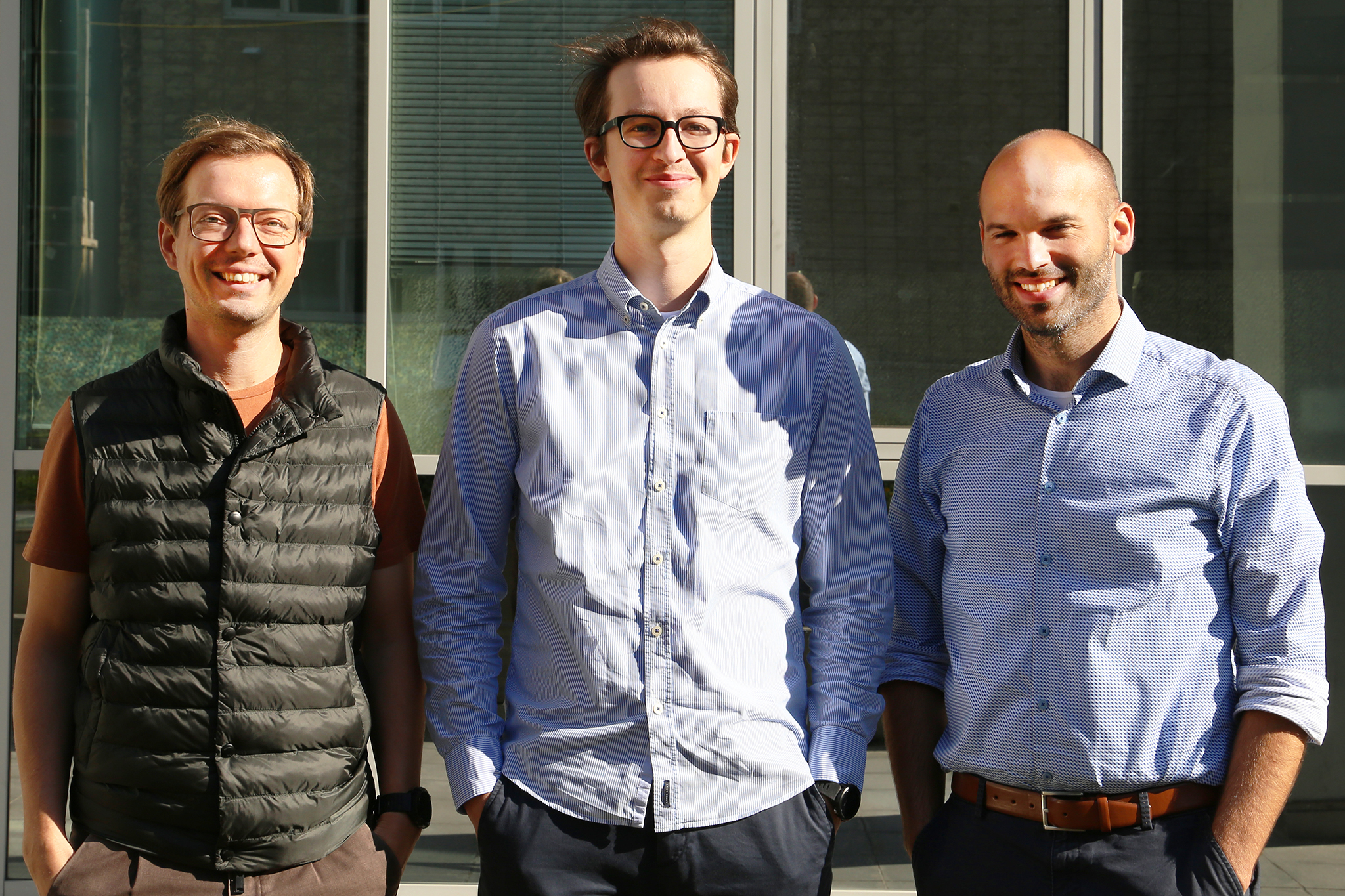Extremely thin ceramic coatings can completely change the properties of technical components. Coatings are used, for example, to increase the resistance of metals to heat or corrosion. These coating processes play a role for large turbine blades, as well as for extremely stressed tools in production technology.
Researchers at the Vienna University of Technology (TU Wien) (Vienna, Austria) have investigated what determines the stability of such coatings. According to their research team, the results were quite surprising, in that the ceramic layers broke down in a completely different way than metals.
Material fatigue hardly plays a role. Instead, the decisive factor is the intensity of extreme load peaks, or a so-called stress intensity factor. This finding could change the methods used to measure and further improve the resistance of thin films in the future.
Millions of Stress Tests
“In many applications, periodic loads are a big problem,” says Helmut Riedl, a professor at the school and head of TU Wien’s applied surface and coating technology research group within the school’s Institute of Materials Science and Technology. “If you expose metal components to a certain force over and over again, changes occur on a microscopic scale.”
Some atoms may shift. In this process, layers are formed that can slide past each other, and tiny cracks may develop, ultimately leading to the fracture of the entire component. Such material fatigue effects are ubiquitous in engineering, and they are well-studied.
What happens to thin coatings under stress, however, is less clear. “Ceramic coatings are often only a few nanometers to 10 microns thick,” says Lukas Zauner, who is working on his dissertation within the applied surface and coating technology research group. “Their behavior is completely different from that of a solid piece of ceramic.”
To gain a deeper understanding of this behavior, new measuring methods were developed. Instead of testing metal and ceramic coating together, as is usually done, the team left out the metal and instead produced extremely thin samples of various ceramic materials typically used in thin-film technology.
From there, they exposed these samples to various loads in a precisely defined way, up to 10 million times each.

Synchrotron X-rays
In order to find out exactly whether the atomic structure of the ceramic changes as a result, the team took the experimental set-up to Hamburg, Germany.
There, extremely well-focused X-rays are available at DESY’s synchrotron [the Deutsches Elektronen-Synchrotron, Germany’s national research center], which can be used to examine various points of the sample during the loading experiment. Even tiny changes in the crystal structure or in the distance between neighboring atoms are detectable in this way.
But surprisingly, these measurements showed that the ceramic practically did not change. Even millions of load cycles did not lead to material fatigue.
“Standard ceramics would fatigue according to certain patterns, similar to the kind of fatigue we know from metals,” Riedl says. “But these extremely thin layers do not show this behavior. Their microstructure is the same at the end as it was at the beginning.”
This means that the durability of those thin layers is determined exclusively by their fracture toughness. For example, if a load limit characteristic of the material is exceeded, then the layer is suddenly and irreversibly destroyed, according to the researchers.
However, all loads below this limit are not a problem, they say. These loads do not age the ceramic layer, and they are found to have practically no effect.
New Research Strategies
“Of course, this also changes the strategy how research projects for new, improved ceramic coating materials are designed,” Riedl says. “You don’t have to do lengthy long-term tests, it’s enough to find out by a simple load test which material breaks under which force. You don’t have to worry about how to possibly alleviate fatigue effects in the material.”
“You just have to find materials with the highest possible fracture toughness,” Riedl concludes. “Even this is not a simple task, on its own.”
The team has already found an excellent candidate for this in a certain form of chromium diboride, which proved to be surprisingly resistant in the tests. This finding paves the way for future studies, according to the team.
Source: TU Wien, www.tuwien.at.